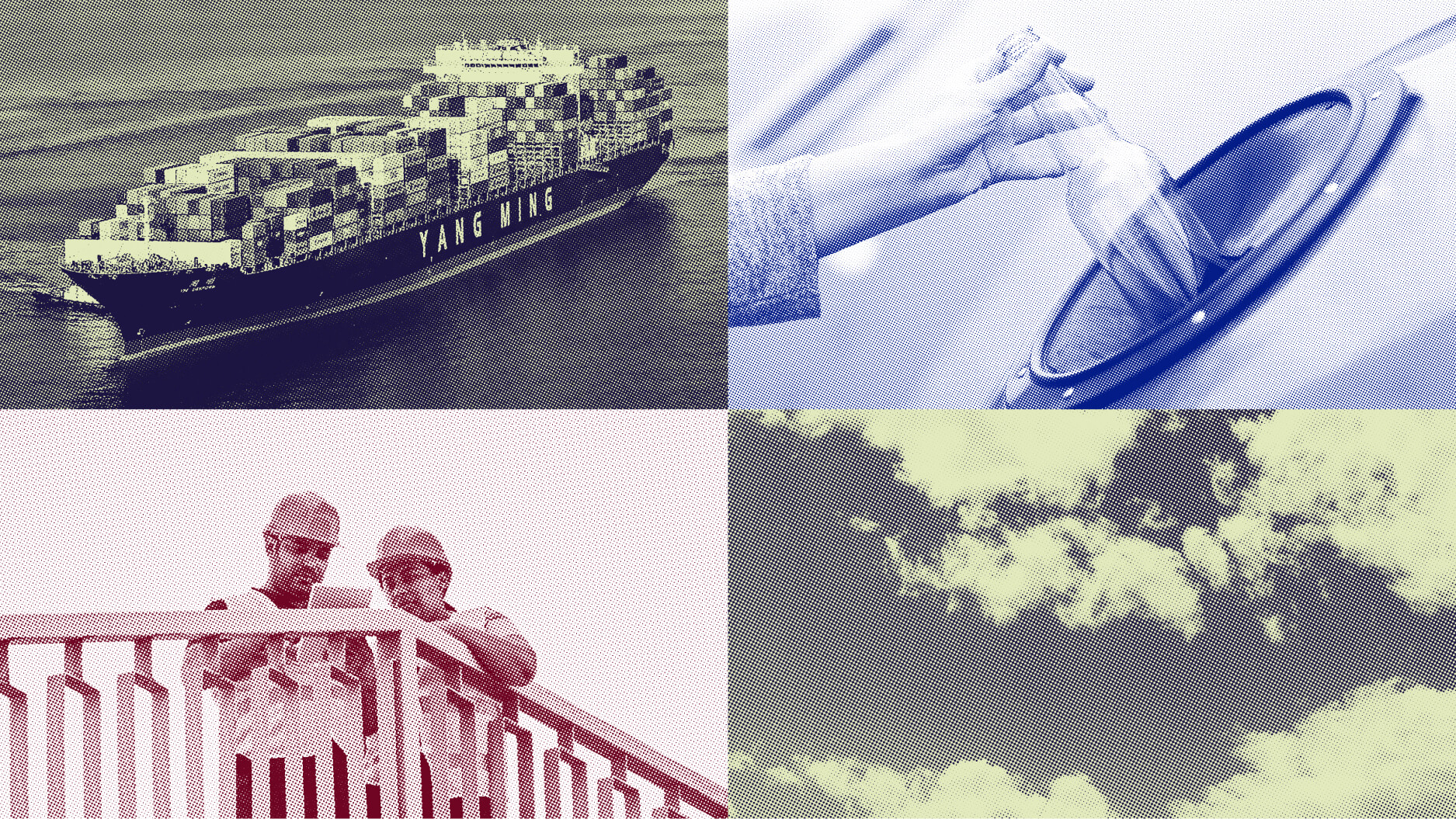In the Future, Sanity May be the Exception

What’s the Latest Development?
Norwegian philosopher Lars Fredrik Svendsen has recently argued that the trend of lowering diagnostic thresholds for mental disease risks making sanity a thing as rare, exotic and unachievable as being a supermodel. Svendsen was referring to his own country’s diagnostic guidelines for mental disease which rely heavily on the American standard: the Diagnostic and Statistical Manual of Mental Disorders. “DSM-5, which is scheduled for publication later in 2013, is not just offering new diagnoses, but also sub threshold mental disorders. If a patient does reach the required criteria for a proper diagnosis, he or she will not necessarily fall below the pathological threshold.”
What’s the Big Idea?
Critics of the DSM have argued that normal human behaviors, such as grieving for a loved one who has passed away, have been pathological. Even Allen Frances, chair of DSM-4’s task force, stated that new guidelines could easily turn into a “bonanza for the pharmaceutical industry but at a huge cost to the new false positive patients caught in the excessively wide DSM-5 net.” Svendsen argues that “there is the danger that your diagnosis becomes your identity when the thresholds are lowered, but,” he said, “what we should keep in mind is that the diagnosis says nothing about the positive beliefs and resources inherent in a human being.”
Photo credit: Shutterstock.com





